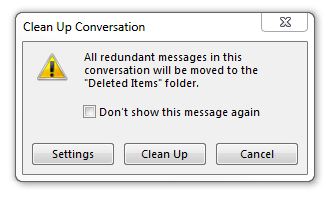I ran into a strange issue recently where I could not get a Konica Minolta Bizhub multifunction network scanner to send scans to email using office 365.
After some useful posts on the Microsoft Office 365 Community Forums and a lot of trial and error, I discovered what I needed to do to make this particular scanner relay mail through Office 365.
[Read more…] about Getting your multifunction network scanner to work with Office 365

